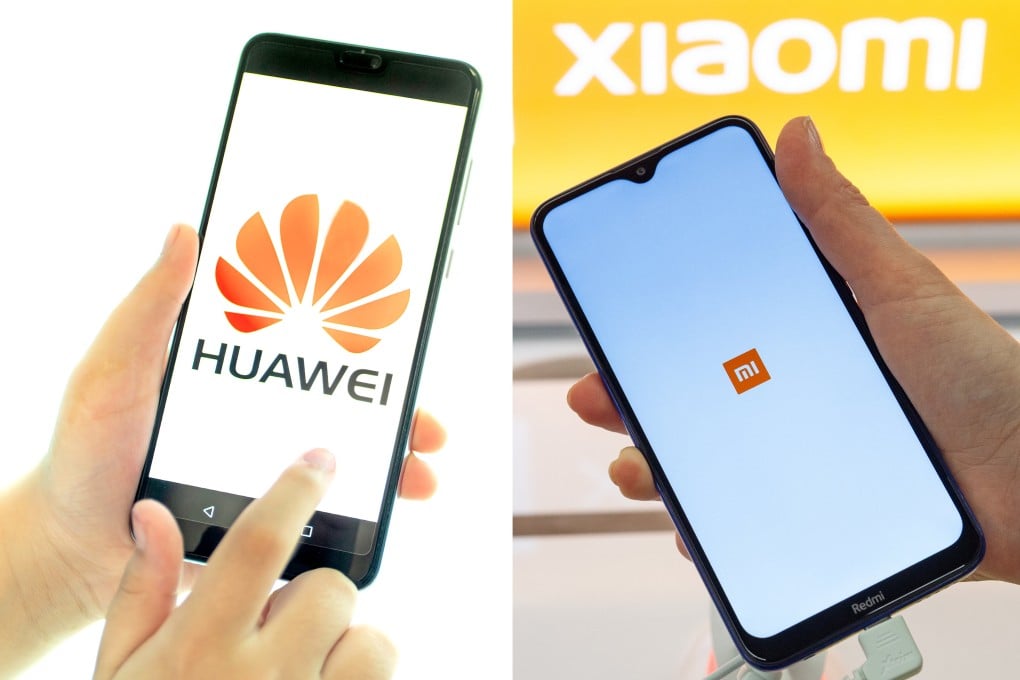Advertisement
Chinese smartphone giants Huawei and Xiaomi reach global patent cross-licensing deal, fuelling both firms’ push into premium handset segment
- Huawei and Xiaomi’s global patent cross-licensing agreement covers multiple communications technologies including 5G
- Before that deal was reached, Huawei had been locked in a patent-infringement lawsuit against Xiaomi
Reading Time:3 minutes
Why you can trust SCMP
5

Ben Jiangin Beijing
Huawei Technologies and Xiaomi Corp, two of China’s largest smartphone vendors, have set aside their intellectual property (IP) dispute to forge a global patent cross-licensing deal that covers multiple communications technologies including 5G, which could help bolster the expansion initiatives of both companies.
“This licensing agreement once again reflects the industry’s recognition of Huawei’s contributions to communications standards and will help us enhance our investment in researching future mobile communications technologies,” said Alan Fan, head of Huawei’s intellectual property department, in a joint statement released on Wednesday.
Before that deal was reached, Shenzhen-based Huawei – holder of the most 5G patents worldwide as of April 2022, according to data from German intelligence firm IPlytics – had been locked in a patent-infringement lawsuit against Xiaomi covering the long-term evolution 4G standard, smartphone photography and a screen-lock method.
Advertisement
Xiaomi, headquartered in Beijing, made an attempt to nullify the screen-lock patent in April, but that action was rejected by the China National Intellectual Property Administration in early September.
The new patent cross-licensing agreement between Huawei and Xiaomi “shows that both parties recognise and respect each other’s intellectual property”, Xu Ran, general manager of corporate business development and IP strategy at Xiaomi, said in the joint statement.
Advertisement
Advertisement
Select Voice
Choose your listening speed
Get through articles 2x faster
1.25x
250 WPM
Slow
Average
Fast
1.25x
